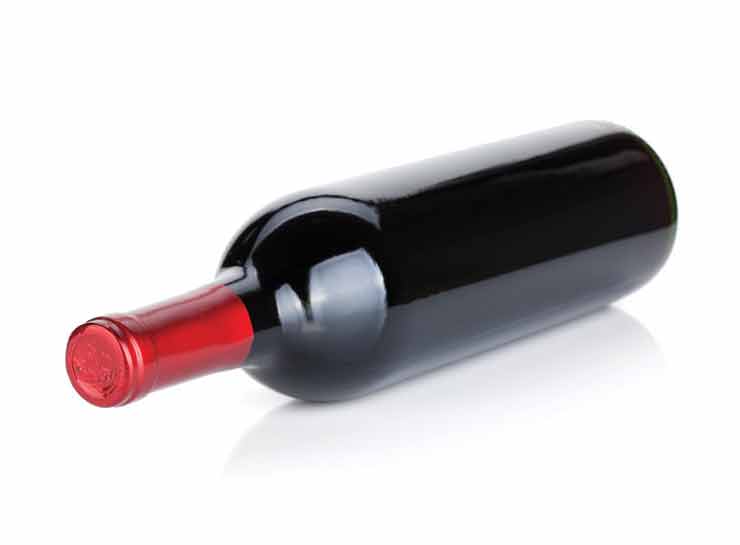When hearing the word ‘clone,’ you might think about a sheep in Scotland, or a two-headed cow running alongside the highway. And while an imaginary two-headed bovine is really fun to think about, wine clones are certainly more fun to drink. During a recent trip to the Willamette Valley in Oregon, I kept running into names such as Wädenswil and Pommard, when I simply wanted a great glass of pinot noir. Investigating the matter further, these delightful little question marks are the proper names of two clones used to make some really, really good wine.
So, what is a clone, anyway? Just as the standard definition would suggest, they are grapes that were specifically selected and allowed to propagate to showcase a desired, natural mutation. Each clone represents a different take on the classic grape (there are hundreds, by the way), and often they’re used for blending purposes. Both the Wädenswil and Pommard clones are considered varieties that can be made ‘stand alone,’ and having them in 100 percent varietal form allowed me to fully appreciate their natural qualities. These adaptations are still very floral, earthy and a bit spicy, but each has certain qualities that help them stand out.
The Wädenswil clone is certainly one of the most successful in Oregon. The grape’s natural ability to ripen in cooler climates, as well as its disease-resistant tendencies, makes it a perfect fit in the Valley. The wine itself is exactly what any pinot drinker is going to want: great depth of flavor and an impressive amount of finesse, finding the balance between earth and fruit. The clones were introduced into the area in the 1960s, shortly after their creation in Wädenswil, Switzerland using ancient cuttings from Burgundy.
The Pommard clone was introduced into the U.S.later, and eventually became the workhorse of California, although it also has a stronghold in Oregon. These clones are very earth-driven (think woodsy mushroom), rounded out with the ripe red cherries and roses that we have all come to know and love. Enjoying these clones have opened my eyes even further about the art of vinification, and I encourage everyone to sit back, open a bottle and enjoy some pinot during this holiday season. There’s probably a clone or two in that bottle.
By Cory Cuff
[Cory Cuff is a graduate of the Culinary Institute of America in Hyde Park, N.Y., and the restaurant & bar manager at Cielo in the Four Seasons St. Louis. Have a question? email us at wine@townandstyle.com or connect with us on facebook.]








